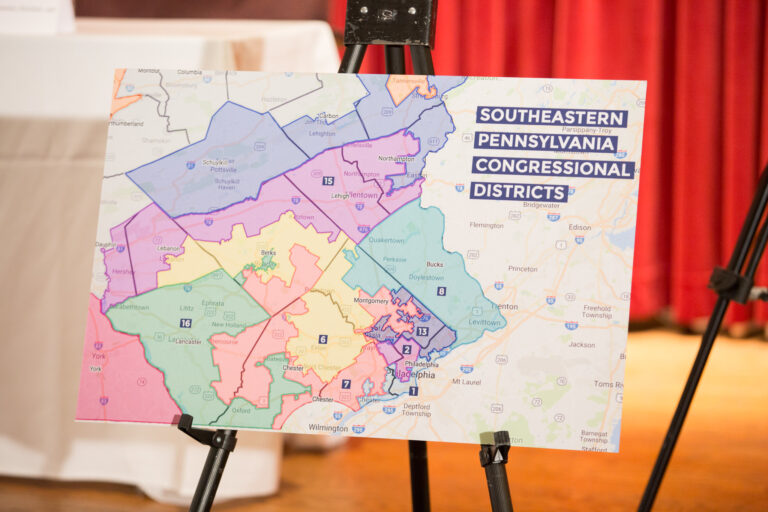
Alexandra Butler is a student at Harvard Law School.
Underscored by the Department of Labor’s (DOL) weekly unemployment claims report, the uncertainty stemming from the pandemic continues to put pressure on and upend the labor market. Last week, 898,000 people sought unemployment assistance for the first time, a 53,000 increase from last week’s total. Many economists note that this number could be the new baseline, pointing to the recent uptick in positive COVID-19 cases as an indication that more jobs are at risk. In addition, many have noted that federal aid has a role to play in granting relief. Yet, Congress’s inability to reach an agreement on the terms of a new package, as well as the impending end to a federally-funded benefits extension could have serious consequences for workers around the country.
Established by the Michigan Occupational Safety and Health Administration (MIOSHA), a new set of pandemic-related emergency rules will help to protect workers throughout the state. For the next six months, Michigan employers will be required to standardize their workplace environments in order to promote safety. Specifically, the rules require employers to categorize job functions by exposure risk, to adopt multifaceted approaches that respond to these risks and prevent the spread of the virus, and to implement cleaning and other safety protocols. With no federally-mandated requirements to serve as a guidepost, Michigan is the third state to take steps towards improving worker safety during the pandemic.
The National Employment Law Project (NELP) released a fact sheet identifying, criticizing and undermining popular arguments that gig economy businesses make about their relationship with their workers. Highlighting company control, NELP emphasizes the ways in which Uber, Lyft, DoorDash and other businesses limit their workers so as to foreclose any possibility that the individuals working for these companies could “operat[e] as an independent business would.” Such limitations include technology-driven, company monitoring and platform configurations that undermine worker autonomy. On Wednesday, Leigh reported that Uber and Lyft presented oral arguments in California Superior Court to escape the reach of California Assembly Bill 5’s (AB5) worker protections. Released just a couple of days later, this fact sheet only serves to support AB5’s reclassification of groups of independent contractors as employees.
Judge Amy Coney Barrett’s Senate confirmation hearings and an upcoming Supreme Court case have focused national attention on the fate of the Affordable Care Act (ACA). Beyond the immediate health care implications and impacts, dismantling the ACA could have serious consequences for the California labor market, according to the UC Berkeley Labor Center. Overturning this piece of federal legislation would eliminate 269,000 jobs in California in 2022, with 59% of the job loss concentrated in the health care sector. Based on the Center’s study, this change in the labor market would be in addition to any other long-term negative effects from the pandemic.
The United States Chamber of Commerce recently expressed its disagreement with and disapproval of President Trump’s Executive Order that bans anti-racist and anti-sexist training in federal workplaces. In a letter signed by over 150 groups, the Chamber criticized the ban’s application to federal contractors, while also emphasizing that “the E.O. will create confusion and uncertainty, lead to non-meritorious investigations, and hinder the ability of employers to implement critical programs to promote diversity and combat discrimination in the workplace.” Specifically, the letter highlights that the E.O’s ambiguity will have and has had a “chilling effect” on federal contractors, causing them to halt diversity and inclusion programs in order to comply with the Order’s mandate.
The Economic Policy Institute (EPI) conducted an analysis to determine the public cost of increasing farmworker wages. Based on the amount of money that the average household spends on fruits and vegetables, EPI concluded that for only an average of $25/year, consumers can increase farmworker wages by 40%. The resulting wage increases still place most workers below the poverty line, but EPI notes that an additional consumer cost of $40/year would increase worker wages to above the poverty line.






Daily News & Commentary
Start your day with our roundup of the latest labor developments. See all
December 17
The TSA suspends a labor union representing 47,000 officers for a second time; the Trump administration seeks to recruit over 1,000 artificial intelligence experts to the federal workforce; and the New York Times reports on the tumultuous changes that U.S. labor relations has seen over the past year.
December 16
Second Circuit affirms dismissal of former collegiate athletes’ antitrust suit; UPS will invest $120 million in truck-unloading robots; Sharon Block argues there are reasons for optimism about labor’s future.
December 15
Advocating a private right of action for the NLRA, 11th Circuit criticizes McDonnell Douglas, Congress considers amending WARN Act.
December 12
OH vetoes bill weakening child labor protections; UT repeals public-sector bargaining ban; SCOTUS takes up case on post-arbitration award jurisdiction
December 11
House forces a vote on the “Protect America’s Workforce Act;” arguments on Trump’s executive order nullifying collective bargaining rights; and Penn State file a petition to form a union.
December 8
Private payrolls fall; NYC Council overrides mayoral veto on pay data; workers sue Starbucks.